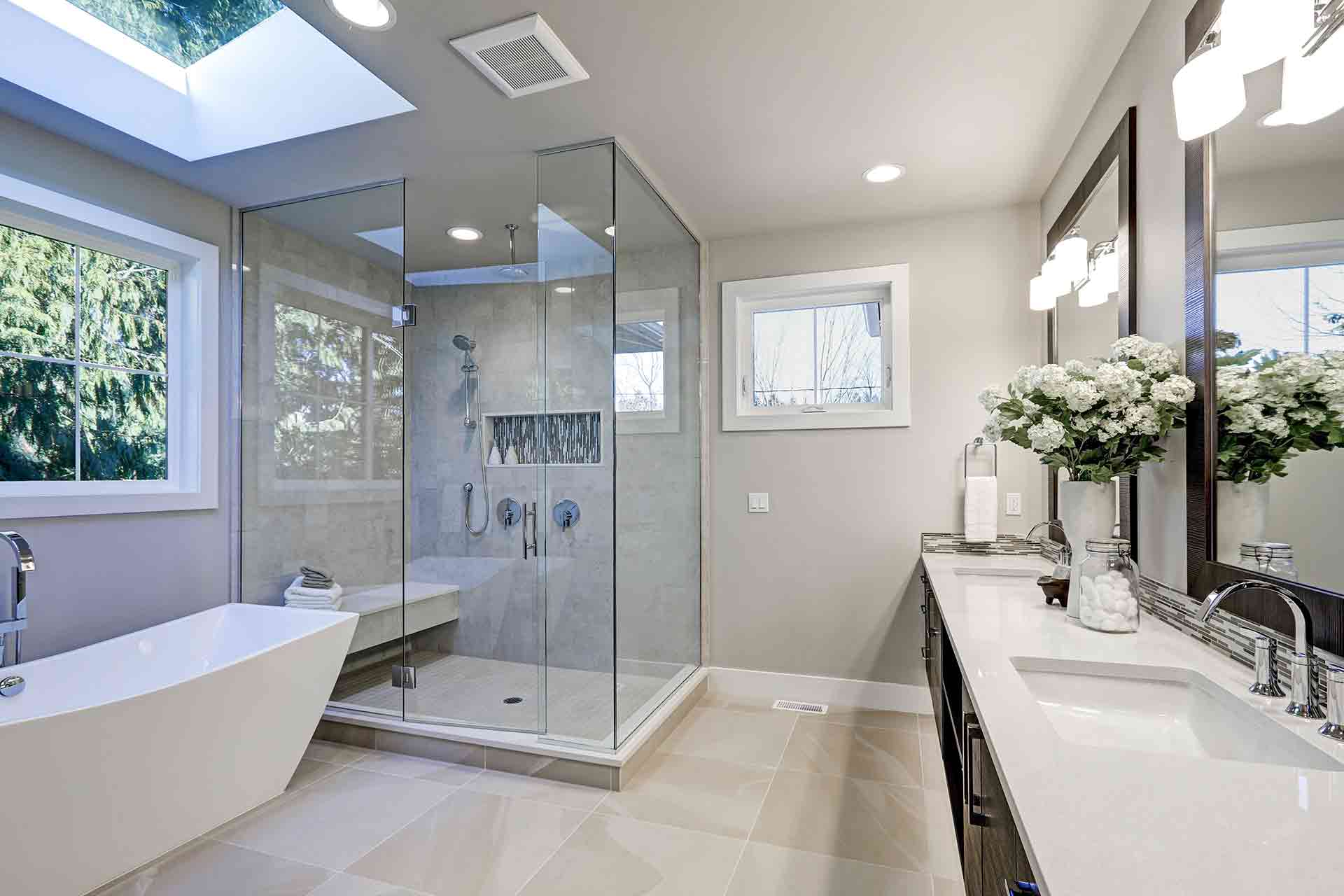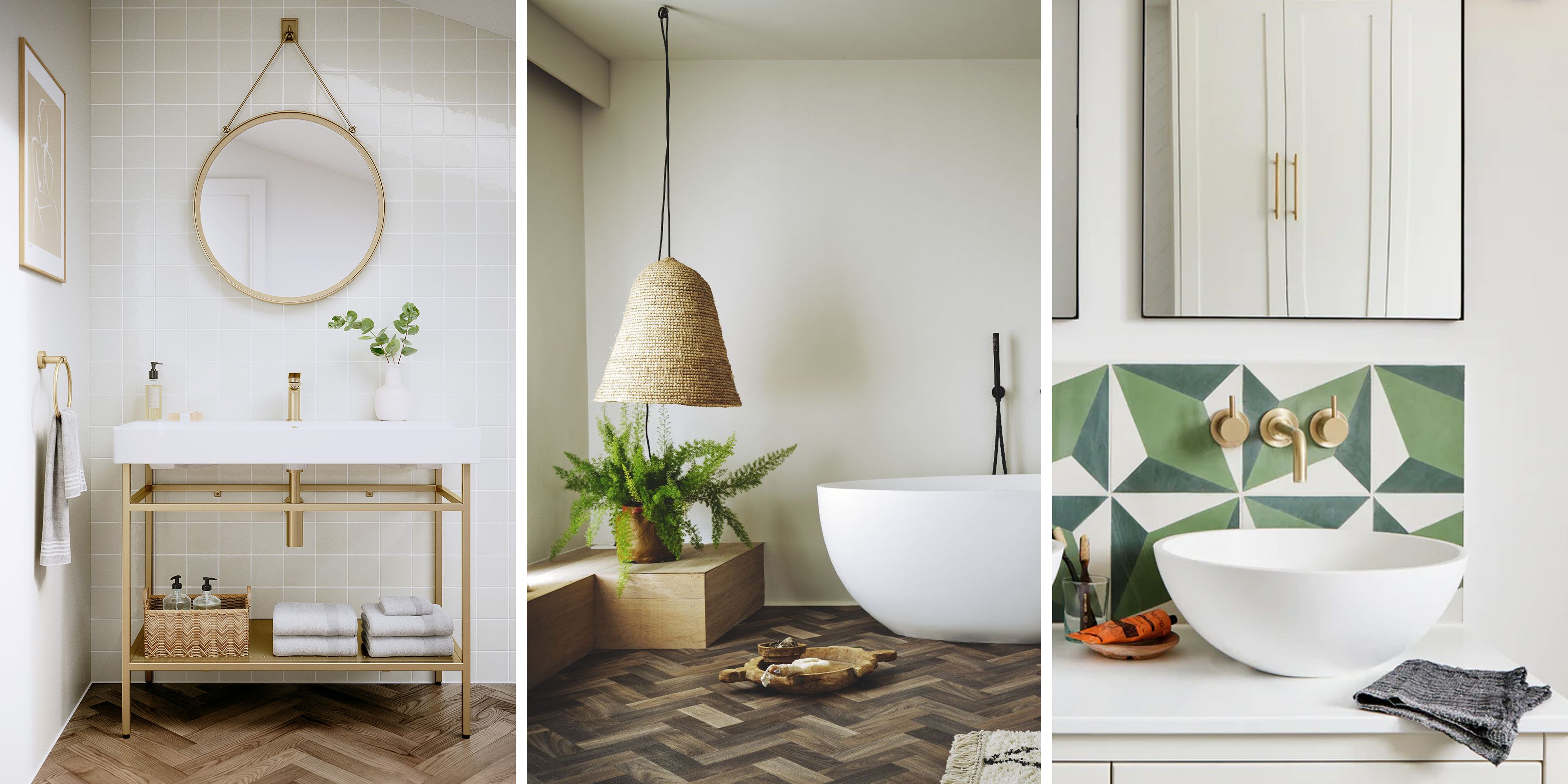Finding the Right Bathroom Design Center

Embarking on a bathroom renovation is a significant undertaking, and selecting the right design center is crucial to ensure a successful and enjoyable experience. The design center you choose will play a vital role in shaping the aesthetics, functionality, and overall success of your project.
Factors to Consider When Choosing a Bathroom Design Center
Choosing the right bathroom design center requires careful consideration of several factors. These factors will help you narrow down your options and select a center that aligns with your needs, preferences, and budget.
- Location: The design center’s location is a significant factor. Choose a center that is conveniently located and easily accessible. Consider the distance from your home, parking availability, and overall convenience.
- Services Offered: Different design centers offer varying levels of services. Some centers may specialize in specific areas, such as cabinetry, tile selection, or plumbing fixtures, while others offer a comprehensive range of services, including design consultation, project management, and installation.
- Reputation: Before choosing a design center, research its reputation. Read online reviews, check customer testimonials, and inquire about their experience and track record. A reputable center will have a history of satisfied clients and positive feedback.
- Budget: Establish a realistic budget for your bathroom renovation project. Consider the design center’s fees, material costs, and labor charges.
Comparing Large Design Centers and Smaller, Independent Centers
Large design centers and smaller, independent centers each offer distinct advantages and disadvantages. Carefully weigh these factors to determine the best fit for your project.
Large Design Centers
- Advantages: Large design centers often have a wider selection of products, a greater range of services, and experienced design professionals. They may also offer competitive pricing and financing options.
- Disadvantages: Large design centers can be overwhelming, and you may feel like just another customer. The larger size can also lead to longer wait times for appointments and services.
Smaller, Independent Centers
- Advantages: Smaller, independent centers often provide personalized attention and a more intimate design experience. They may also have a deeper understanding of local building codes and regulations.
- Disadvantages: Smaller centers may have a limited product selection and fewer design professionals on staff. They may also have higher prices due to lower buying power.
Tips for Researching and Evaluating Potential Bathroom Design Centers
Thorough research is essential to ensure you choose the right design center. Utilize these tips to gather information and make an informed decision.
- Check Online Reviews: Read online reviews from previous customers to gain insights into the design center’s reputation, quality of service, and customer satisfaction.
- Request Referrals: Ask friends, family, and colleagues for referrals to design centers they have used and recommend.
- Schedule Consultations: Schedule consultations with several design centers to discuss your project, ask questions, and get a feel for their design style and approach.
Understanding Bathroom Design Services: Bathroom Design Center Near Me
Bathroom design centers offer a comprehensive range of services to help you transform your bathroom into a functional and aesthetically pleasing space. They go beyond just selling fixtures and materials; they provide expert guidance and support throughout the entire design and renovation process.
Services Offered by Bathroom Design Centers
Bathroom design centers provide a wide array of services, catering to different needs and budgets. These services can be categorized as follows:
- Space Planning: This involves analyzing the existing bathroom space, identifying potential challenges, and developing a layout that optimizes functionality and maximizes space utilization. This includes determining the best placement of fixtures, storage solutions, and other elements to create a harmonious flow and ensure easy accessibility.
- Material Selection: Bathroom design centers offer a diverse selection of materials, from flooring and countertops to cabinetry and fixtures. They guide clients through the options, considering factors like durability, aesthetics, and budget. They can help clients choose materials that complement the overall design scheme and meet their specific requirements, such as water resistance, stain resistance, and ease of maintenance.
- Fixture Specification: Choosing the right fixtures is crucial for both functionality and aesthetics. Bathroom design centers provide expert guidance on selecting toilets, sinks, showers, tubs, faucets, and other fixtures that meet the client’s needs and preferences. They can help clients choose fixtures that are energy-efficient, space-saving, and aesthetically appealing, ensuring a seamless blend of style and functionality.
- Project Management: Bathroom design centers often offer project management services, taking care of the entire renovation process from start to finish. This includes coordinating with contractors, scheduling appointments, and ensuring that the project stays on track and within budget. They can manage all aspects of the renovation, including demolition, plumbing, electrical, and finishing work, providing a single point of contact for clients.
The Role of a Bathroom Designer, Bathroom design center near me
Bathroom designers play a crucial role in translating clients’ visions into reality. They have a deep understanding of design principles, functionality, and the latest trends in bathroom design. Their expertise allows them to:
- Understand Client Needs: They listen attentively to clients’ requirements, preferences, and budget constraints, ensuring that the final design aligns with their vision and lifestyle.
- Develop Design Concepts: They create detailed design plans, incorporating space planning, material selection, and fixture specification, to achieve the desired aesthetic and functionality. They consider factors like lighting, ventilation, and accessibility to create a comfortable and user-friendly bathroom.
- Provide Expert Guidance: They offer professional advice on various aspects of bathroom design, including material choices, fixture selection, and layout optimization. They guide clients through the decision-making process, ensuring that they make informed choices that meet their needs and budget.
- Manage the Project: They oversee the entire renovation process, coordinating with contractors, suppliers, and other stakeholders to ensure that the project is completed on time and within budget. They maintain open communication with clients, keeping them informed about progress and addressing any concerns.
Steps Involved in a Bathroom Design Project
A typical bathroom design project involves several steps, from initial consultation to final installation:
- Initial Consultation: The first step involves a meeting with the client to discuss their needs, preferences, and budget. This helps the designer understand the project scope and develop a preliminary design concept.
- Design Development: The designer creates detailed plans, incorporating space planning, material selection, and fixture specification. They present these plans to the client for feedback and revisions.
- Material Selection: The designer guides the client through the selection of materials, considering factors like durability, aesthetics, and budget. They ensure that the chosen materials complement the overall design scheme.
- Fixture Specification: The designer helps the client choose the right fixtures, considering functionality, aesthetics, and budget. They ensure that the chosen fixtures meet the client’s needs and preferences.
- Contractor Selection: The designer may assist the client in selecting a qualified contractor for the renovation work. They can provide recommendations based on their experience and knowledge of the industry.
- Project Management: The designer oversees the entire renovation process, coordinating with contractors, suppliers, and other stakeholders. They ensure that the project stays on track and within budget.
- Final Installation: Once the renovation work is completed, the designer inspects the finished product to ensure that it meets the client’s expectations and specifications.
Bathroom Design Trends and Inspiration

Transforming your bathroom into a sanctuary requires careful consideration of design trends and inspiration. Staying current with the latest design aesthetics and functional innovations can elevate your bathroom from ordinary to extraordinary.
Current Trends in Bathroom Design
The bathroom design landscape is constantly evolving, with new trends emerging to cater to changing preferences and technological advancements. Some prominent trends include:
- Minimalism: This trend emphasizes clean lines, simple shapes, and a limited color palette, creating a sense of tranquility and spaciousness. Minimalist bathrooms often feature sleek fixtures, open shelving, and a focus on natural materials like wood and stone.
- Spa-Inspired Bathrooms: Drawing inspiration from luxurious spas, this trend incorporates elements that promote relaxation and rejuvenation. Features include oversized soaking tubs, walk-in showers with multiple showerheads, and soft lighting.
- Smart Technology: The integration of smart technology is becoming increasingly common in bathrooms. This includes features like voice-activated lighting, automated faucets, and smart mirrors that display information and play music.
- Sustainable Materials: Sustainability is gaining momentum in bathroom design, with a growing preference for eco-friendly materials like bamboo, recycled glass, and reclaimed wood. These materials not only reduce environmental impact but also contribute to a natural and organic aesthetic.
Bathroom Layouts and Configurations
The layout of your bathroom significantly influences its functionality and overall appeal. Here are some popular bathroom layouts and their advantages and disadvantages:
- Single-Vanity Bathroom: This layout features a single vanity, typically placed along one wall, and is suitable for smaller bathrooms. It maximizes space efficiency and provides a straightforward layout. However, it may lack storage space if the vanity is small.
- Double-Vanity Bathroom: This layout offers two separate vanities, ideal for couples or families who need ample counter space and storage. It can be more spacious, but requires a larger bathroom footprint.
- Three-Quarter Bathroom: This layout includes a toilet, sink, and shower but no bathtub. It’s a compact option suitable for smaller spaces and can be cost-effective. However, it may not be ideal for those who prefer a bathtub.
- En Suite Bathroom: This bathroom is attached to a bedroom, offering convenience and privacy. It can be designed to accommodate a variety of layouts and features, but requires a larger bedroom space.
Visual Guide to Bathroom Design Inspiration
Here are some inspiring bathroom designs that showcase different elements like lighting, color palettes, and storage solutions:
“A bathroom should be a sanctuary, a place to escape the stresses of daily life.”
Example 1: Minimalist Bathroom
– Color Palette: White, gray, and black with a touch of natural wood.
– Lighting: Natural light from a large window and recessed lighting for a clean and modern aesthetic.
– Storage: Open shelving and a sleek vanity with drawers.
Example 2: Spa-Inspired Bathroom
– Color Palette: Soft neutrals like beige, cream, and pale blue.
– Lighting: Dimmable lighting, a chandelier above the bathtub, and candles for a relaxing atmosphere.
– Storage: A freestanding tub with a built-in shelf for bath products and a vanity with ample storage space.
Example 3: Modern Bathroom with a Touch of Industrial Chic
– Color Palette: Dark grays, blacks, and metallic accents.
– Lighting: Exposed Edison bulbs and a large mirror with a dramatic frame.
– Storage: Open shelving with metal brackets, a vanity with drawers, and a freestanding storage unit.
